White clothes are pristine; they offer an elevated elegance to a person’s style. However, they can lose their sharpness over time because of wear and tear and regular washing. White clothes pick up stains more frequently, which look more pronounced than in other colors.
Proper care and preventative measures will make the look of white clothes last longer, but you can’t escape the inevitability of fading and discoloration during washing.
Luckily, there are tips you can note and implement to elongate the lifespan of your white clothes.
10 Tips to Note When Washing White Clothes
These tips are effortless to implement. They are additional steps to add to your wash process that will preserve the pristineness of white clothes.
Separate the White Clothes from the Colored Ones
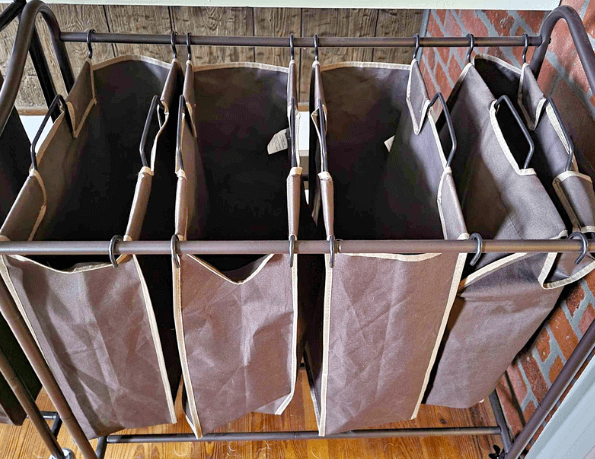
Color transfer is a common cause of white clothes discoloration because even lightly colored clothes can bleed.
Even if the colored clothes are incapable of bleeding color, you should still separate them to be on the safe side.
Another factor to consider when separating clothes in the washer is the soil level. Some are dirtier than others, and the residue they release can latch onto other clothes in the washer, causing slight discoloration.
Treat the Stains
White clothes can pick up and display even the tiniest stains that might not show on colored ones. Removing these stains is tasking because you have to be careful not to damage the fabric, and avoid spreading the stains to other sections, risking permanent discoloration when washing.
There are many commercial stain removers and ones made with household items. These stain removers can remove tough and stubborn stains without leaving residue on the clothes.
For delicate fabrics, perform a patch test to see the reaction and how the stain remover will affect the clothes.
Follow the proper stain removal techniques like using a soft brush, using the correct water temperature, not exceeding the circumference of the stains, leaving the treatments to soak for a bit, etc. These techniques can increase your chances of removing the stains from clothes, which will make the wash process seamless.
Soak the Clothes
Sometimes, stain removers require soaking in a tub or bowl, and other times, your clothes need a soaking phase for the detergent to be more effective.
Fill a bucket or bowl with cold water and the cleaning agent, and submerge the clothes for 30 minutes.
You can also soak in a top-loading washer or front-loaders with pre-wash settings.
Use the Correct Detergent
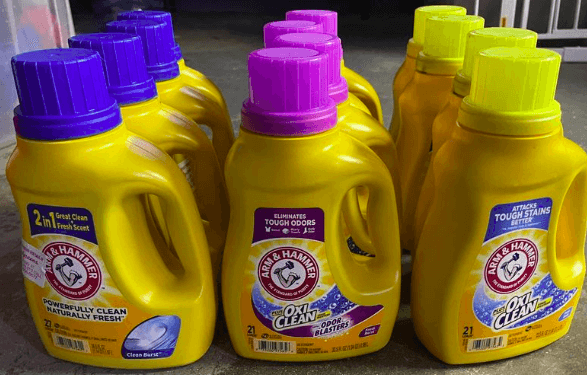
Most of the time, when it comes to detergent use, it is not one size fits all. A detergent that will work well with cotton clothes might not work well with delicate ones and vice versa.
When selecting detergents for white clothes, prioritize ones that will preserve and protect the white colors, like detergents containing optical brighteners.
Even with the correct detergent, check for the recommended amount to use during the wash. Too much detergent will leave residue on your clothes, discoloring the white clothes over time.
The detergent residue left in the washer will turn into grime that can stain your white clothes during subsequent washing.
Load the Washer Correctly

The load capacity of washers is the maximum weight of clothes the washer can carry to have an effective wash cycle without undue strain on the washer’s parts. Overloading the washer can lead to mechanical failure or, at the very least, the inability of the washer to spin correctly.
Overloading the washer will also prevent some clothes from washing or rinsing well due to the dirt or detergent residue left on the clothes and the washer after the wash cycle ends.
However, people don’t have the time or energy to wash clothes every day, so on wash days, divide the clothes into appropriate batch weights and load the batches one by one.
Separate the clothes according to their fabric type and weight. Putting sturdy clothes with lightweight clothes or delicate and durable fabrics can cause problems because they will have separate wash practices that will result in some clothes being abandoned and discolored.
Select the Correct Wash Settings
Washers have different settings that cater to different fabric types based on the spin speed. A “Normal” wash setting is suitable for cotton fabrics, while a “delicate” wash setting is suitable for wool fabrics, and so on.
Before doing laundry, especially white clothes, read the care label attached to the clothes for the recommended wash setting. Using the wrong wash setting can strain the clothes and fade the color.
Another thing to note is the water temperature suitable for washing white clothes based on the clothes care label. Hot water is better for washing white clothes because heat will remove any trace of color dye on the clothes, leaving the clothes whiter.
Conversely, hot water will set stains on the clothes, making them harder to remove; hence you should spot-treat the white clothes before washing them.
Use Bleach
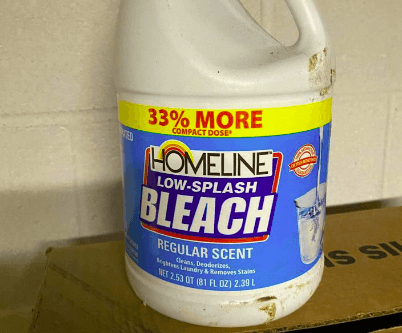
Bleach is necessary if you notice your white clothes start to fade or you want to revive faded ones; it will whiten your white clothes.
There are two ways to use bleach when washing your clothes; pre-soaking and pouring in the washer.
To pre-soak, pour the correct amount of bleach into a bowl of water and soak the clothes for hours before washing, or you will pour a cup of bleach into the washer with the laundry detergent.
You can use chlorine or oxygen-based bleach, but both options are only suitable for cotton fabrics as they can damage some delicate ones.
Alternative bleaching products are lemon juice, hydrogen peroxide, vinegar, etc. These products will bleach white clothes without damaging them.
Use a Bluing Agent
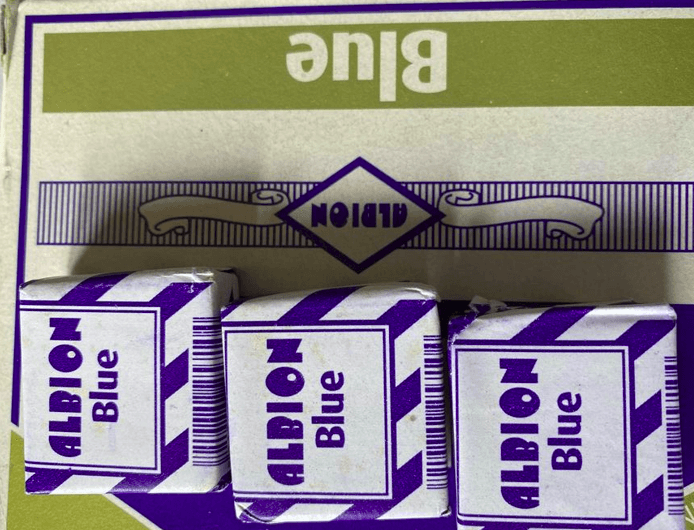
Bluing agents are suitable for faded white clothes which present yellow undertones.
With bluing agents, you will release little amounts of blue dye into the wash to cancel out the yellow stains; the clothes will then appear whiter.
This process is known as an optical illusion, and some detergents contain these ingredients to automatically add this effect to white clothes and save you the extra step.
However, there are commercial bluing agents that you can purchase from stores, but be careful when selecting to avoid getting the ones that can damage the clothes’ fabric.
When using these bluing agents, follow the label instructions and use the correct amount stated on the direction label because using too much will dye your white clothes blue.
Rinse the Clothes with White Vinegar

White vinegar is a multi-functional cleaning agent which removes stains, degreases, deodorizers, brightens, and softens clothes. White vinegar can substitute many cleaning products, especially when washing white clothes.
Most people like to use fabric softener during the wash, but it will leave residue on the clothes that will cause fading and discoloration.
Using white vinegar instead of fabric softener and bleach will give you better results with fewer side effects.
Do not substitute white vinegar with other kinds of vinegar because they contain coloring that can stain the white clothes.
Add white vinegar during the rinse cycle to avoid the toxic fumes that form when it comes in contact with certain cleaning products.
Dry the Clothes
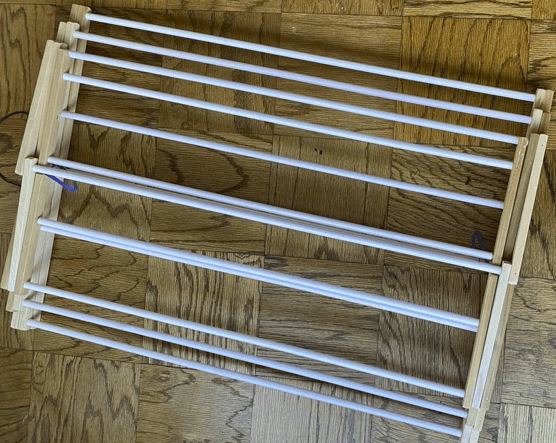
After following the tips on this list, your white clothes should be crisp and stain-free, but you should still check for any hidden stains before drying. Drying stained clothes will further set them, making them near-impossible to remove.
It will be better to air-dry white clothes under direct sunlight because the sun has natural bleaching, deodorizing, and stain removal properties, which will help maintain the white color of clothes.
You can also tumble dry white clothes. Use dryer balls to fluff the clothes and remove static.
Check the clothes care label for the recommended drying medium and heat level before proceeding with the drying.
